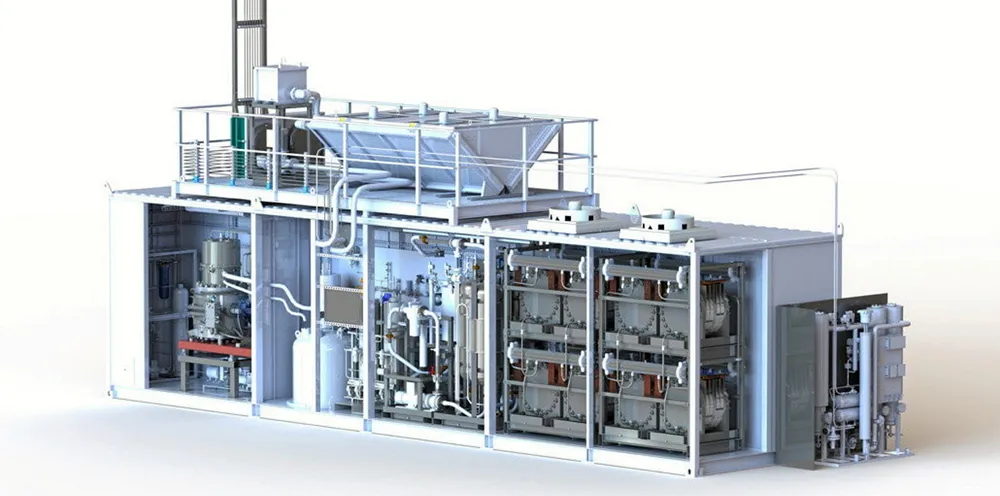Maker of 'membrane-free' hydrogen electrolyser to speed up production through 2GW licensing deal
UK-based CPH2 plans to manufacture 1GW of the machines at its own plant by 2030, with a further 3GW produced by third parties

UK-based CPH2 plans to manufacture 1GW of the machines at its own plant by 2030, with a further 3GW produced by third parties
